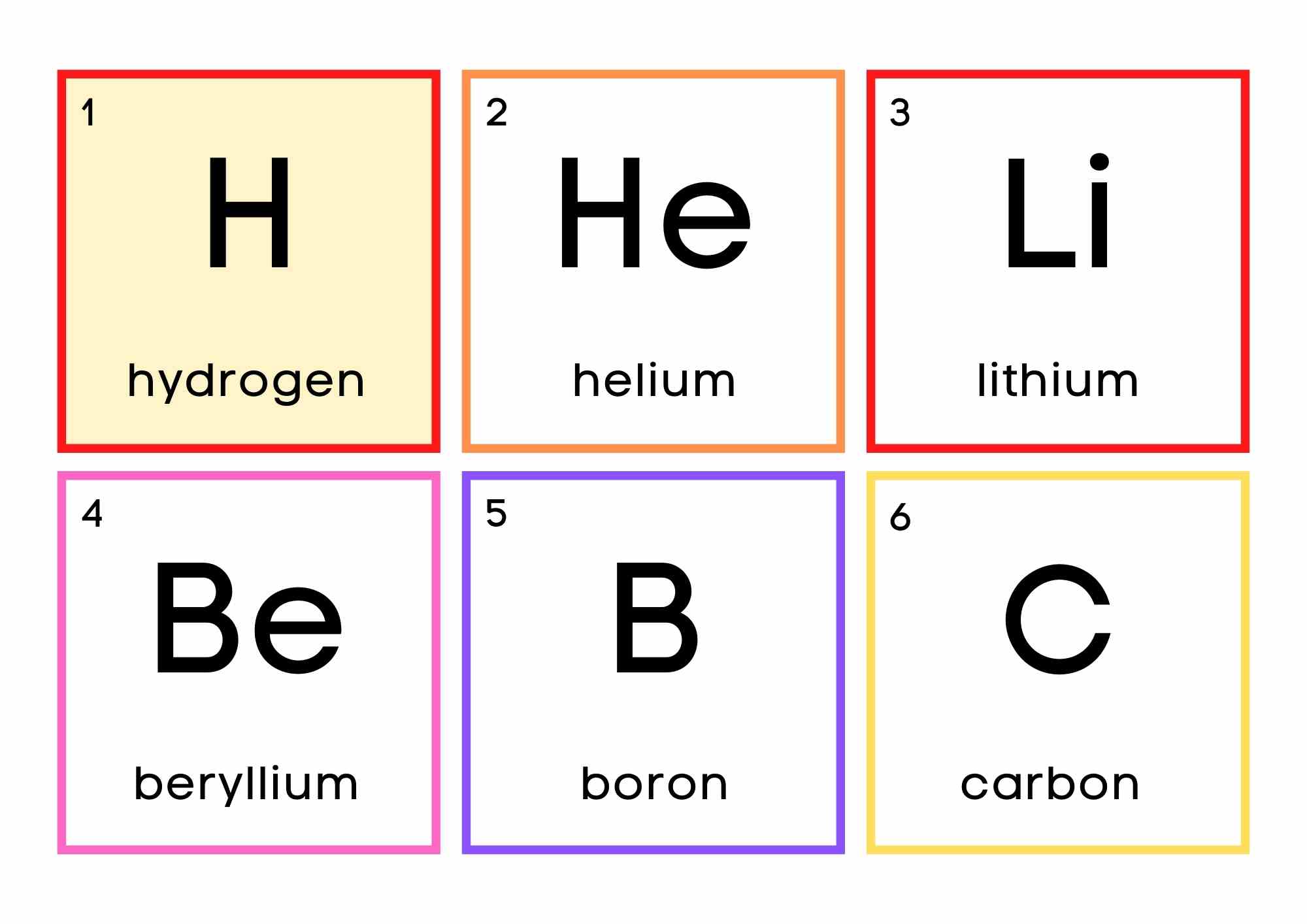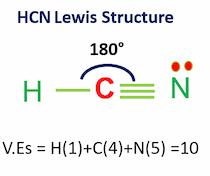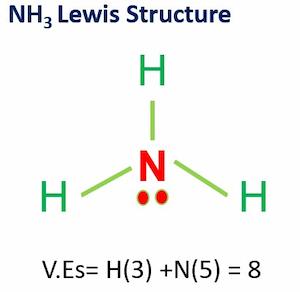The chemical compound hydrogen iodide (HI) is a colorless gas with an unpleasant odor. It combines with oxygen to form iodine and water. When hydrogen and iodine gases are mixed in a closed container, they start to react and form hydrogen iodide.
It is a diatomic molecule with hydrogen and iodine atoms that are covalently bonded.
Hydrogen iodide is a reducing agent as well as an analytical reagent. It’s also used to make pharmaceuticals, disinfectants, and other chemicals. It is delivered in the form of compressed, liquefied gas.
Table of Contents
Hydrogen Iodide
Hydrogen iodide (HI), also known as hydroiodic acid, is a strong acid used in the preparation of iodides through reactions with metals or their oxides, hydroxides, and carbonates. Chloric acid, hydrobromic acid, hydrochloric acid, nitric acid, perchloric acid, and sulfuric acid are examples of strong acids. These can completely dissociate in water, earning them the moniker “strong acid.”
HI is a powerful reducing agent. It is oxidized by the oxygen in the air, resulting in aerial oxidation of HI. The iodine liberated gives the solution a brown color. Since iodide ion is a strong reducing agent that converts ferric ions to ferrous ions, ferric iodide is unstable.

Hydrogen iodide is a polar molecule. Even with electron shielding, the highly positive iodine nucleus attracts electrons more than the single proton of the hydrogen nucleus does. A polar covalent bond is one in which electrons are not equally shared.
Summary
To summarize everything in this article, the following are some important points:
- Hydrogen iodide (HI) is a diatomic molecule with hydrogen and iodine atoms that are covalently bonded.
- HI is a powerful reducing agent.
- Hydrogen iodide is a polar molecule.
More Interesting Links
Hydrogen Ion | Definition, Charge & Formula
Hydrogen Phosphate Formula
Sodium Hydrogen Sulfate
Hydrogen Iodide
Is Hydrogen a Metal?
Frequently Asked Questions (FAQs)
Some of the frequently asked questions are given below
1. Is hydroxide toxic?
Hydroxide like Sodium hydroxide has the potential to be hazardous. It can cause harm if it comes into contact with your skin, is consumed, or is inhaled. Eating or drinking sodium hydroxide can result in severe burns, vomiting, nausea, diarrhea, chest and stomach discomfort, and swallowing problems.
2. What is the weight of water?
The weight of water is roughly 224 grams, according to the National Institute of Standards and Technology (half a pound). A liter of water weighs approximately 1 kilogram (2.2 pounds), according to the United States Geological Survey (USGS). A gallon of water weighs roughly 3.79 kg, according to the USGS (8.35 pounds).
3. What is hydrogen bonding?
The hydrogen bond (H-bond) interaction is a dipole-dipole interaction. It is not a chemical connection in the traditional sense. It occurs when a hydrogen (H) atom is linked to a highly electronegative atom (fluorine, nitrogen, or oxygen) and is in the proximity of another electronegative atom with a single electron.
This bond is weaker than ionic or covalent bonds, but stronger than van der Waals forces.
4. Is there is hydrogen oxide bond in perchloric acid?
Perchloric acid (HClO4) is an inorganic corrosive liquid. It is most often encountered in the form of an aqueous solution. Because a cold 70% aqueous HClO4 solution is more strong than sulfuric (H2SO4) and nitric acids (HNO3). Perchloric acid contains one hydrogen oxide bond.
5. What are sodium phosphate formula and molar mass?
The Sodium phosphate formula is Na3PO4
molar mass = (3 x mol mass of Na) + mol mass of P+ (4 x mol mass of Oxygen)
molar mass of Na3PO4 =3×23+1×31+4×16=164gmol−1
6. Is MgCl2 Ionic or Covalent?
When the magnesium atom loses two electrons to create the Mg2+ ion and each chlorine receives one electron to form the Cl– ion, an ionic connection is formed between the magnesium and chlorine atoms.
Check “Is MgCl2 ionic or covalent?”.
7. What is the hydrogen phosphate formula?
The hydrogen phosphate formula is [HPO4]2-. The molar mass of this compound is 95.97 g/mol. The ion is formed by the loss of two protons H+ from phosphoric acid H3PO4, which accounts for the ion’s charge of 2.
8. What is a hydrogen ion?
The nucleus of a hydrogen atom separated from its electron is known as a hydrogen ion. The hydrogen nucleus is made up of a proton, which is a particle with a unit positive electric charge.
9. Is hydrogen sulfide poisonous?
Hydrogen sulfide (H2S) is made up of a single sulfur atom bonded to two hydrogen atoms. It is a highly poisonous, flammable gas with the odor of rotten eggs that are frequently produced by bacterial decomposition of organic matter in the absence of oxygen.
10. What is the electronegativity value of hydrogen?
The electronegativity of hydrogen is 2.2.
Electronegativity is used to determine whether an ionic or covalent connection will form between two atoms. It can also determine whether the molecule is polar or nonpolar.
More Interesting Topics
Hydrogen oxide-An Overview
Hydrogen Bond| Definition & Easy Explanation
How Many Neutrons Does Hydrogen Have?
Hydrogen Ion | Definition, Charge & Formula
Is Hydrogen a Metal?
Hydrogen Molar Mass
- BCl3 Lewis Structure in four simple steps - November 1, 2023
- PH3 Lewis Structure in four simple steps - October 8, 2023
- PF3 Lewis structure in four simple steps - September 24, 2023



